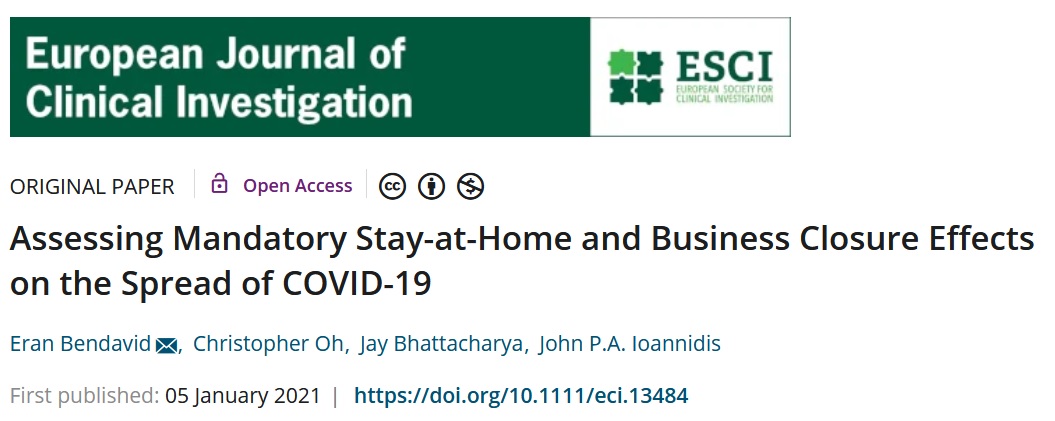
1) There have been many attempts at explaining why COVID-19 has been receding so visibly in the U.S. since January 2021. I don't have the answer; I'll just highlight some striking differences between the U.S. and Germany in the past wave. So U.S. cases have been a lot higher: 

2) ...with a big divergence starting in November, suggesting a much worse epidemic in the U.S. than in Germany. However, the numbers of COVID-19 patients in ICUs have been much more similar between the two countries: 

3) Also COVID-19 deaths have been surprisingly similar between the U.S. and Germany during this period, with Germany sometimes even reporting worse numbers. So what's going on? 

4) Testing could play a role. And indeed, it does: Testing in the U.S. decoupled from testing in Germany around the same time when cases took off. Roughly speaking, testing in the U.S. was 2-2.5X testing in Germany, close to the case gap. So has the U.S. been testing 'too much'? 

5) Not really, if we look at the test positive rate as a proxy for sufficient testing. The rates have been evolving ridiculously similar in the U.S. and in Germany. The U.S. couldn't get its rate down despite testing much more. According to this, Germany hasn't missed more cases. 

6) How to reconcile all this? One version: The U.S. did have a much larger winter wave than Germany, but Germany's wave was more deadly in per-case terms. Germany's wave was concentrated in the oldest regions, hitting a lot of nursing homes. U.S. wave was spread out much broader.
7) One take-away lesson: If someone says 'The epidemic in the U.S. is receding because of X' and someone responds: 'We're not seeing X do that to the epidemic in these other countries', then maybe it's not immediately the KO. The epidemics can be quite different in each country.
• • •
Missing some Tweet in this thread? You can try to
force a refresh








